
You've been given the Maharashtra government's Raj Kapoor Lifetime Contribution award. Your reaction?
It's a great honour. I'm very deeply touched and moved that at 83, the government thought of me. That the award was conferred in Pune where I began my film career at Prabhat films makes it that much more special.
Your Padma Shri came in 2007, the V. Shantaram Lifetime Achievement Award in 2009. Why has recognition taken so long to find you?
What can I say? That's how most people reacted. It's best not to dwell on the negative. I'm 83. At this stage, it's more important that god's given me good health and sight. Frankly nothing makes me as happy as spending time with my great granddaughter.
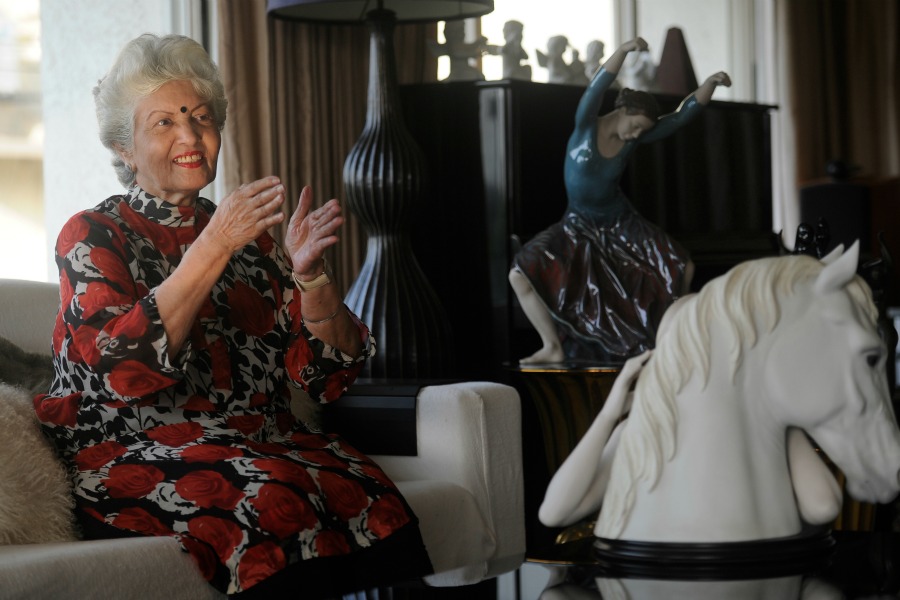
You don't come from a filmy family...
My father Anantrao Jawalkar was a cloth merchant with a shop in Solapur. We were six siblings. My father spent almost all his money on sending his younger brother to London for education. Though he did this at the cost of his own family's well-being, his brother, once back with good job and handsome salary, forgot all about us. Meanwhile, my father went bankrupt after his business took several hits.
It must've been tough...
We often went without food for 8-10 days. We'd wait to be invited to someone's home for lunch as there wasn't enough food to even light the chullah at home. That's how I became a mela (dance-drama troupe) artiste. We travelled all through the interiors of Solapur district where we'd put up song and dance dramas based on mythology. I'd play Krishna with such aplomb that I bagged awards every year. The meagre amount I earned helped the family.
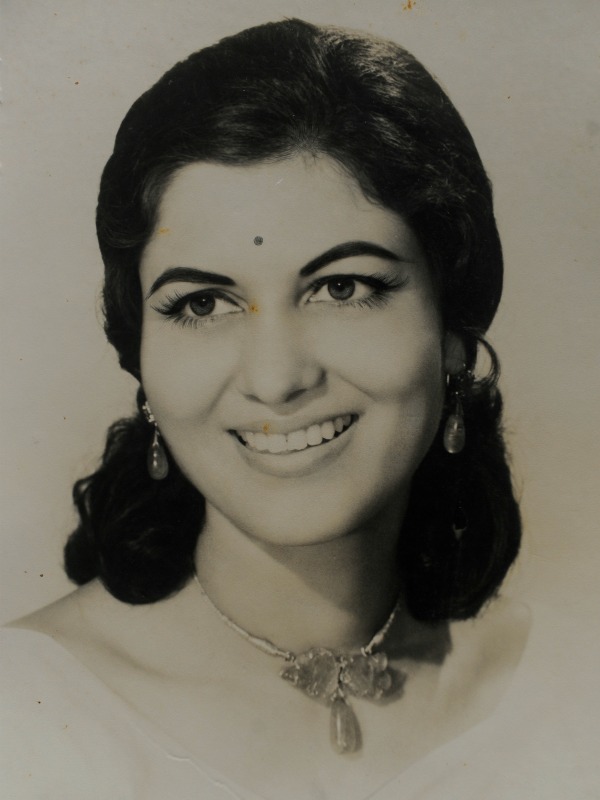
Is that how you came to cinema in 1944?
My father was told by many, "Baby (my pet name) is so beautiful and acts so well. You must get her into films." That's how I came to Mumbai. We lived with distant friends and family, often helping with menial chores and making do with leftovers. We'd go from studio to studio looking for work. Since I was 11, I was too old for child roles and too young for adult ones. Noorjehan, the reigning queen of the film industry, had fleetingly seen me once. When she and her husband Shaukat Hussain were making Zeenat, she had me tracked down because she thought I had the looks to play her daughter. When I sat across Shaukat saab he said, "Kuch bolo," and I replied, "Khaali-peeli kaiko baat karna?" (guffaws) They were making an Urdu film and here I was talking to him in Solapuri Hindi. Though I didn't get to play her daughter, I was included in a qawwali scene with others like Shyama and Shalini. To egg us on, Shaukat saab said the best performer would get Rs 25 as inaam. And guess what? I won it.
It must have meant a lot...
Of course. We bought gifts, sweets and crackers for everyone. I still remember the fancy Nagpuri paatal saris which my father bought me in pink and blue. We were celebrating Diwali after years.
Your struggle in the film industry was far from over though.
This was before Partition. Both Noorjehan and Shaukat saab loved me like family. They'd put in a word and I got work. I did films with P.N. Arora, Amiya Chakravarti and several others, playing heroine to Ashok Kumar, Karan Dewan and Agha. I was making Rs.400 a month and felt on top of the world. But this phase ended in 1947 when Noorjehan decided to go to Lahore in Pakistan. And the struggle to get work began all over again.
How did you end up married at 19?
You can call it infatuation or whatever. I was besotted with O.P. Saigal and married him. I thought I'd settle down but destiny kept me fettered to the camera as his business failed. Despite the money I made, I was frustrated and angry at how actresses like Shyama whom I'd beaten to the Rs.25 inaam for the qawwali in Zeenat, had graduated to lead roles while I was stuck with second leads and bit roles, even doing double shifts to keep my kitchen fires burning. Complaints from her children's ayaah and the regular fights with my husband saw me send my daughters to a boarding school in Panchgani.
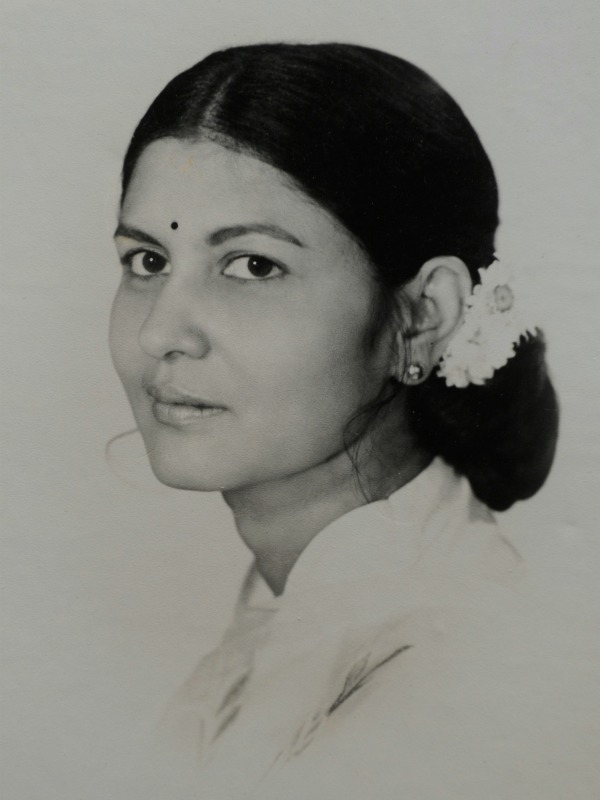
Your husband also started a movie starring you.
In our industry, though it's changing now, a married girl or a young mother is not considered heroine material. I saw stardom slip away. My husband started a film with me in the lead. In the six years it took to make, Mohan Saigal became a top director. Shankar-Jaikishan became famous music directors, Kishore Kumar a top star and Kum Kum the vamp became a heroine. It did nothing for me.
How did you then become the most sought after character artiste?
After playing vamp in Vijay Anand's first direction, Nau Do Gyarah which flopped, I gave up hope. Tarachand Barjatya of Rajshri Pictures approached me to play the bhabhi – an out-and-out negative role in Aarti. I'd crib to Dadamoni (Ashok Kumar) that after this I'll quit. He'd laugh and say I'll be flooded with offers and become a star. My first shot for Aarti was with Meena Kumari. My line was, "Tere haathon mein jaadu hai air mere haathon mein jhaadu?" She may have ruled the box office then but I'm also a ziddi Maharashtrian. When the first take was okayed, Meenaji looked at me respectfully, held my chin and said in her nasal style: "Hai Allah! Bahut achcha pehla shot diya tum ne." Aarti became a silver jubilee hit and my mannerisms as bhabhi got both the masses and critics talking. After that Junglee, Anupama, Sujata, Phool Aur Pathar, Ayi Milan ki Bela, Gumrah and Waqt came back-to-back. I was nominated for the Filmfare award five times. As filmmakers queued up outside my house, Dadamoni's words were coming true.
This professional high was marred by a personal low...
Yes, destiny wasn't done with playing me a bad hand. Differences between my husband and me worsened when the kids were in boarding. That's when in a misguided moment straight out of my film Gumrah, I eloped with another man abroad, leaving behind my husband, kids and career. It was the biggest mistake of my life for which I paid dearly. I was humiliated and tortured for days till I returned crazy and broken. For days, I roamed the streets like a mad woman, sleeping on pavements, eating what I could lay my hands on, touring ashrams and temples in search of peace.
Did you find it?
Mahesh Desai, the maker of a Gujarati film, Satyavan Savitri, which had won me the best actress award in Gujarati recommended Satyanarayan Goenka's vipassana course. That helped me find peace and my bearings. I realised that the bank account wasn't going to sustain me forever and came back to do Sargam, Khubsoorat, Dulhan Wohi Jo Piya Man Bhaye, Aahista Aahista and Swami. They were all jubilee hits. And I was back in the race.
You mentioned Khubsoorat where you matched steps with Rekha in Piya Bawri? Had you learnt dance before?
No, I haven't had any training in dance. Yet I've had to match steps with even Vyjayanthimala for Vijay Bhatt's Pattrani (a role Shyama refused when told who she would dance on screen with) and Saira Banu in Jawa Mohabbat. In both these instances it was kathak maestro Gopi Kishan who helped me out. Even with Khubsoorat I was training under him. Rekha was busy and couldn't attend rehearsals. A day before the shoot, she came to watch. Gopi Kishan in his signature stylised dancer's style beckoned, "Chal re meri purani basmati, dikha apna jalwa." When I began dancing, Rekha was agape and wide-eyed. I still wonder how I managed a cabaret in Phool Aur Patthar. Robert Master would actually twist my leg painfully to teach me to twist as seductively as Helen.
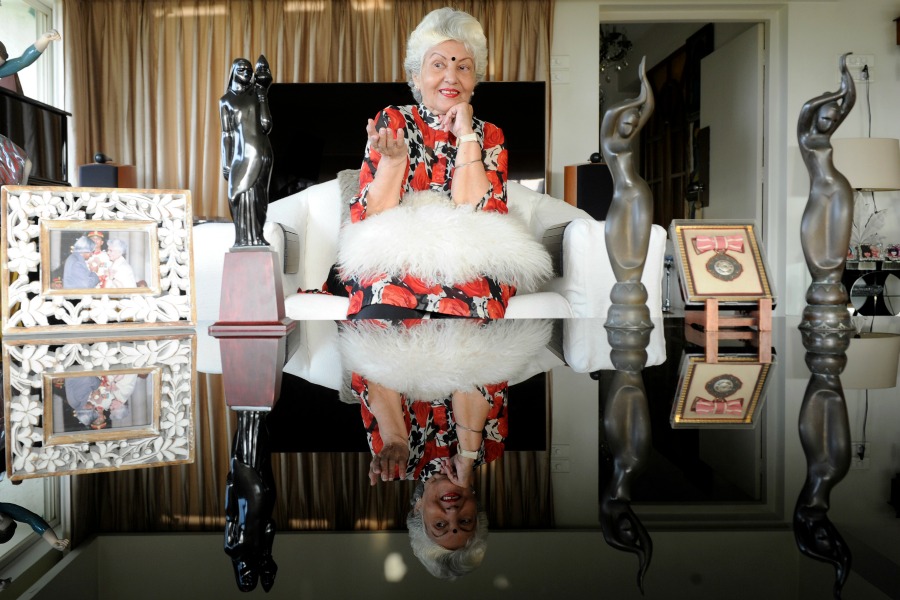
Your second innings were quite good.
Yes I have very fond memories of some of those films. Shabana Azmi was a National Award winner when I did Swami with her but she would always watch every take of mine carefully and treated me with such respect. This can only come from good upbringing. I remember Ahista Ahista too very well where I really worked hard on getting the look of the tawaif changing with age, right. As an aged woman, I wore a lot of padding to look fat and Nanda and Padmini Kolhapure would go hysterical giggling when I came on the sets.
By the time you did Ghar Ghar Ki Kahani in 1988 you were ready to give it all up again.
Yes. My frustration, restlessness and anger returned. There seemed no purpose to life. All my life I'd been breadwinner for my parents, my siblings, my husband, my children. Now everyone was well-settled. I felt lonely and hollow and quit again. I tried going back to our Pune home to settle down to a regular life but wherever I went everyone was just interested in Shashikala the actress, not me.
And then you met Mother Teresa...
Yes I first saw her at an airport and felt drawn to her. When she held me close I felt all my worries disappear. I flew down to Calcutta asking my daughter Shailaja to arrange a meeting with Mother again but I could only meet Sr Agnes, Mother's right hand. I wept and asked to be allowed to stay and work with them. Seeing how adamant I was, she sent me to the ashram in Pune where I was allowed to work.
Cleaning toilets, removing maggots from wounds and changing dressings, mopping the floors, I did all that with stoic brought on with prayer and it calmed me down. The nuns who had thought I'll leave in two-three days saw me devotedly doing whatever was assigned and became fond of me. Once at a chance meeting with Mother I hugged her and howled like a baby saying I don't have inner peace. That's when she assigned me to Nirmal Hriday, a home for the dying. From there to leprosy patients in Surat to the elderly in Goa, I felt like an incredible lightness for the first time in my life.
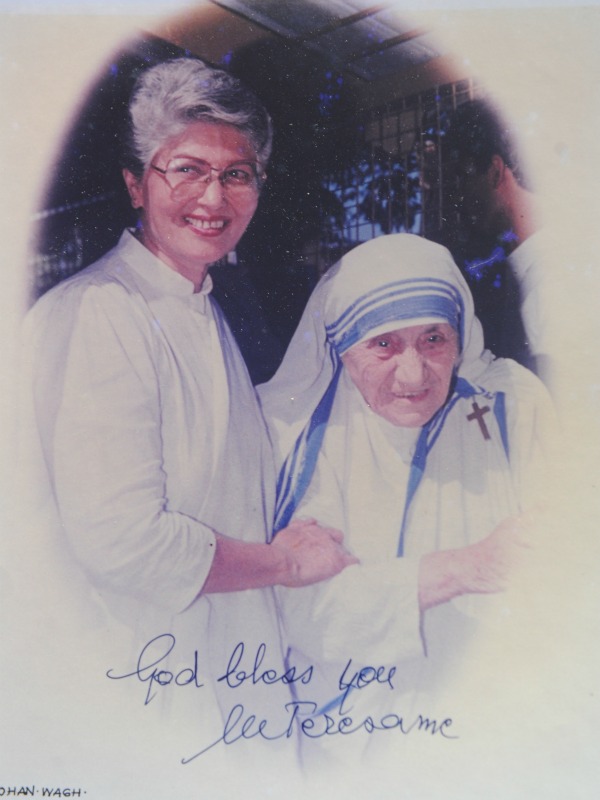
Those reserves helped while dealing with losing your daughter to cancer...
It was painful but I did everything for her and prayed for her. It was that prayer perhaps that made her die in peace without suffering.
And then you came back for a third innings in front of the camera.
Yes the industry has always been kind. I have been part of big banner projects and hits like Padmashree Laloo Prasad Yadav, Rakht, Mujhse Shaadi Karogi, Chori Chori, Jhankaar Beats, Kabhi Khushi Kabhie Gham and Baadshah (where I played Shah Rukh Khan's mother). This time I did TV too with shows like Jeena Isi Ka Naam Apnapan, Dil Deke Dekho and Son Pari.
What next? An autobiography perhaps?
I am done now. I want to just spend my time praying and living among my loved ones. I don't think people like me should attempt autobiographies. Given what a brutally frank I am I will not be able to withhold anything. And it will end up drawing a lot of blood.